These are the world's most expensive foods
Foods that cost a small fortune
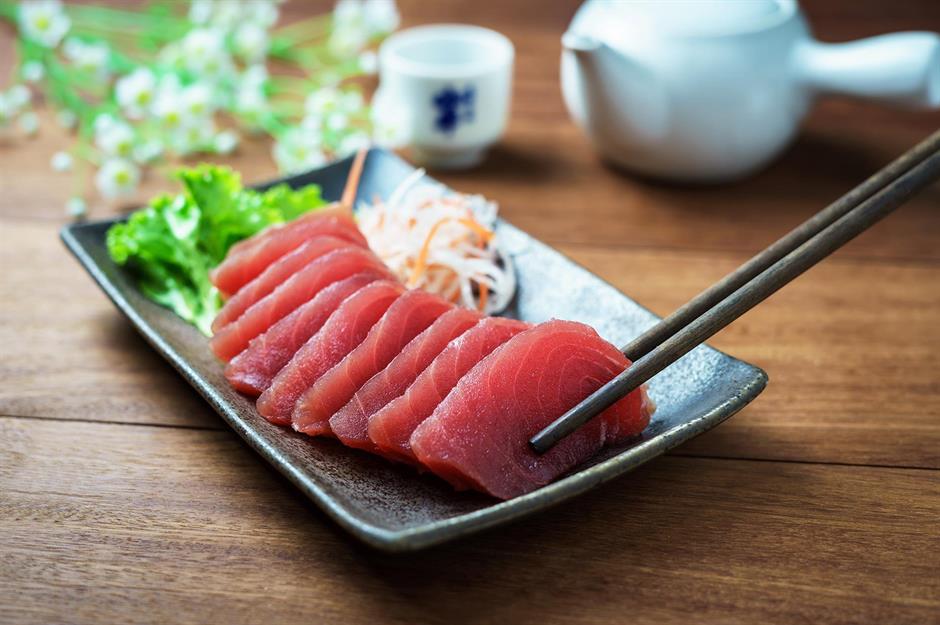
The occasional indulgence is one thing, but these unbelievably expensive foods take luxury to a whole new level. From a melon that costs thousands to ultra-rare truffles sniffed out by trained pigs and butter that only top chefs are allowed to buy, these are the most expensive foods in the world.
Click or scroll through our gallery to discover the world’s most lavish food items, counting down to the most expensive of all.
We've ordered our list based on price by weight. All dollar amounts are USD, unless specified, and the conversions are based on rates at the time of going to press. Prices have also been adjusted for inflation, where relevant.
32. Mares’ milk
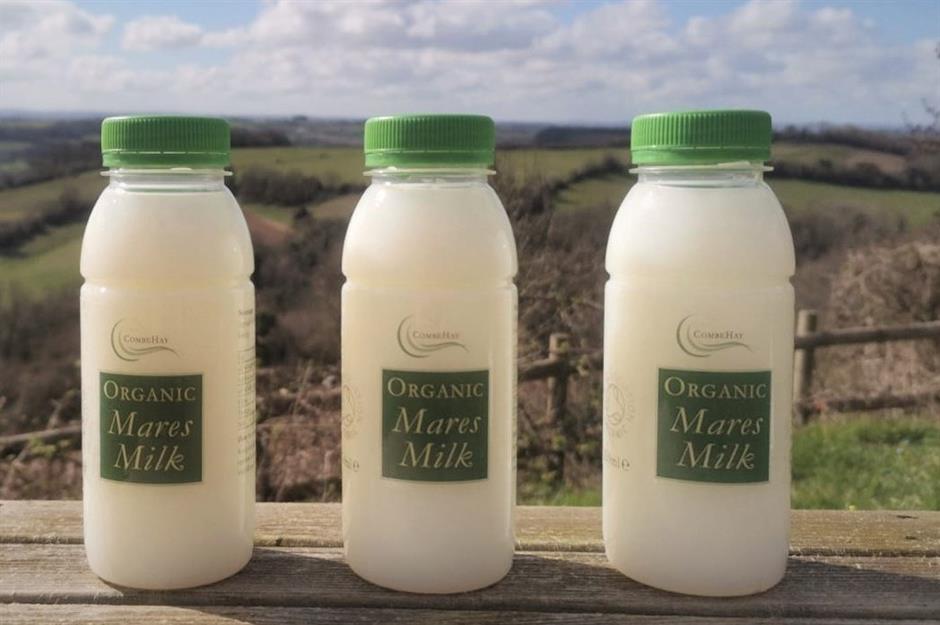
At £6.50 ($8) for an 8.5fl oz (250ml) bottle, mares’ milk from Cromwell Farm in Somerset, England is more than 40 times the price of regular cows’ milk. At current exchange rates, it’s believed to be the world’s most expensive milk – costing slightly more than Japan’s Nakazawa milk, which is famously collected once a week at dawn. The mares’ milk comes from horses free to roam in wildflower-strewn pastures, and it's said to be lower in fat and easier to digest than cows’ milk.
31. Fugu
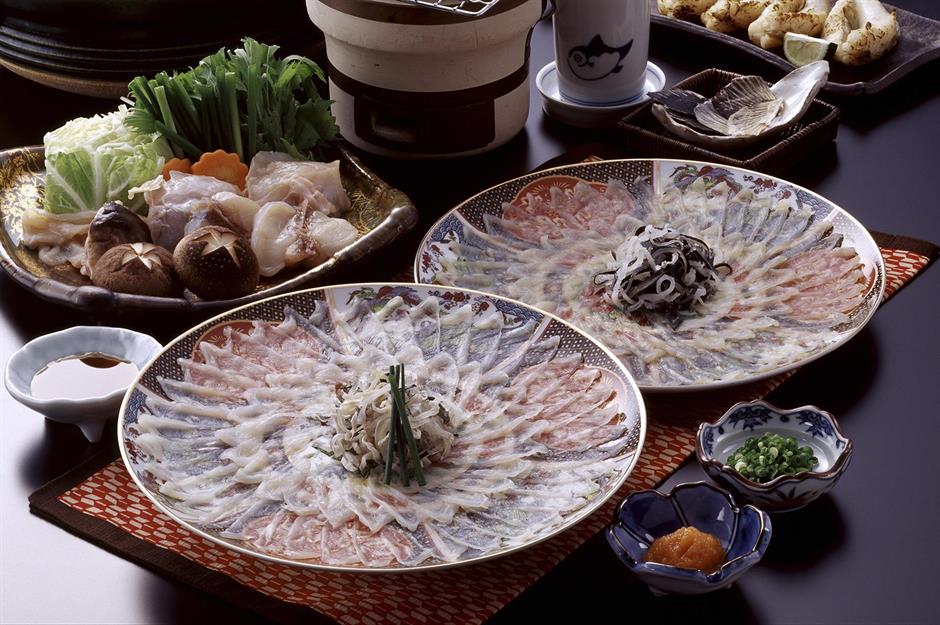
Fugu is a delicacy in Japan, but parts of the unusual-looking fish, also known as a blowfish or pufferfish, are extremely poisonous, so only highly trained, licensed chefs are allowed to prepare and serve it. Fugu is banned within the European Union but is available in the US, South Korea and Japan. In the latter, it typically sells for anywhere between JP¥15,000 (£80/$100) and JP¥20,000 (£100/$130) per 2.2lb (1kg) at auction, which works out around £2.80 ($3.50) per ounce (28g).
30. Animal Farm butter
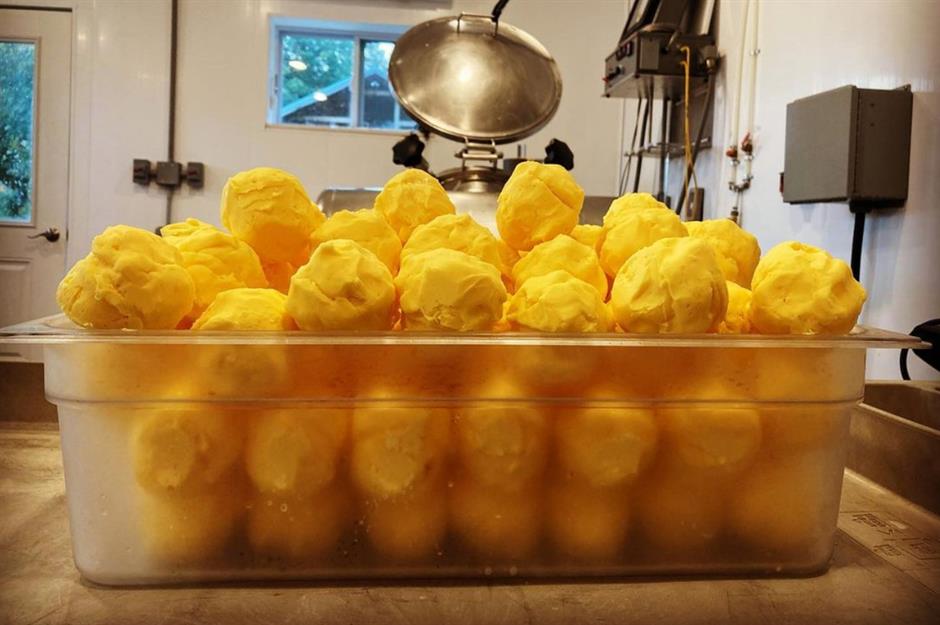
It was Michelin-starred chef Thomas Keller who put this (very) small-batch butter on the map. The man behind California’s The French Laundry tried it – and asked its producer, Diane St. Clair, to send him all of it. The creamery is now under new ownership and supplies a handful of exclusive restaurants. Otherwise, the yolk-yellow butter is only on general sale for very limited runs throughout the year. It costs a whopping $60 (£48) for 1lb (0.5kg) – around £3 ($3.76) per ounce (28g) – but always sells out.
29. Lambda extra virgin olive oil
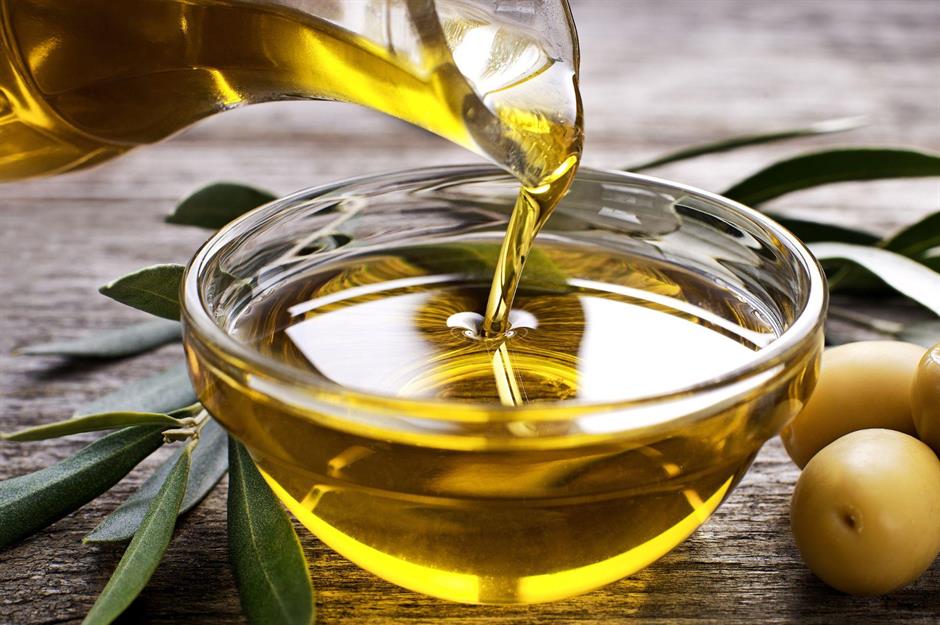
This ultra-premium extra virgin olive oil from Greece is renowned for its distinct fruit flavour and low acidity. It's made from Koroneiki olives, which are pressed the very same day as they're picked to better retain their intense fresh and fruity qualities. A 17fl oz (500ml) bottle will cost you around £68 ($80), approximately £4 ($5) per fluid ounce (30ml), while bespoke creations can cost a staggering £10,878 ($13,397).
28. Matcha green tea powder
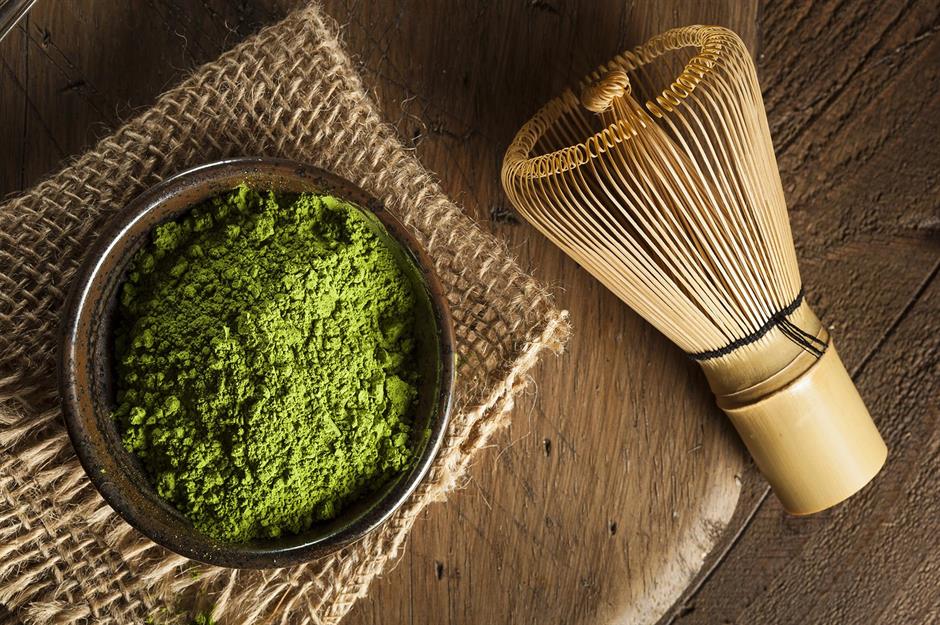
High in antioxidants and caffeine, matcha green tea powder is finely ground and can be used in a variety of bakes and fresh juices. It also adds a complex, earthy sweetness to ice cream and other desserts. You can expect to pay as much as £230 ($286) per 2.2lb (1kg) for ceremonial grade matcha green tea powder. This works out to around £6.50 ($8.15) per ounce (28g).
27. Vanilla
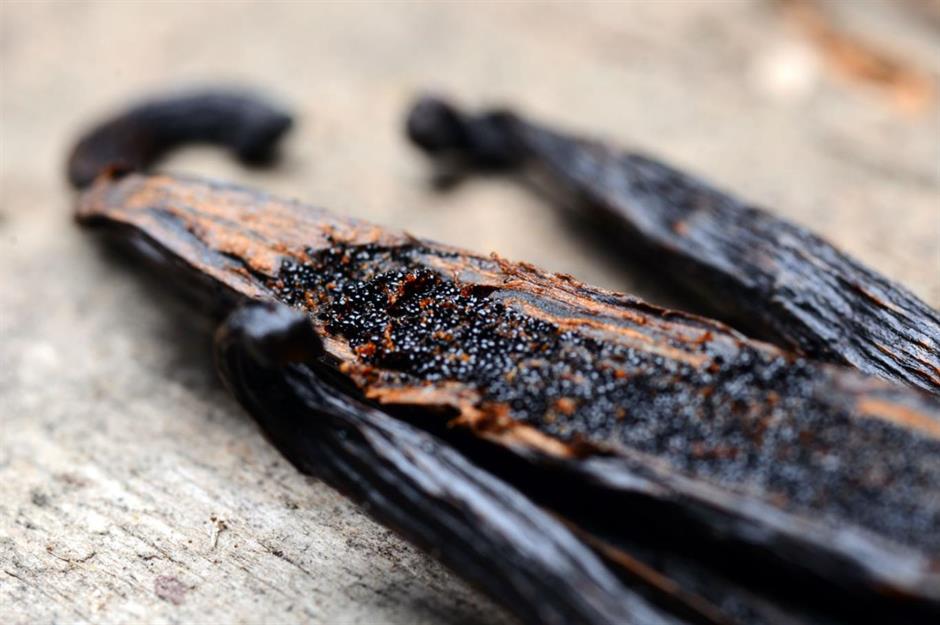
Pure vanilla is second only to saffron when it comes to the priciest spices by weight. Madagascar, Mexico and Indonesia are the largest producers of this sought-after ingredient. Growing and harvesting is very labour intensive, as the vanilla flowers have to be hand-pollinated, and the fruit must be picked by hand once ripe. You can expect to pay around £255 ($317) for 2.2lb (1kg) of Madagascan vanilla beans, equating to around £7.20 ($9) per ounce (28g).
26. Wagyu beef
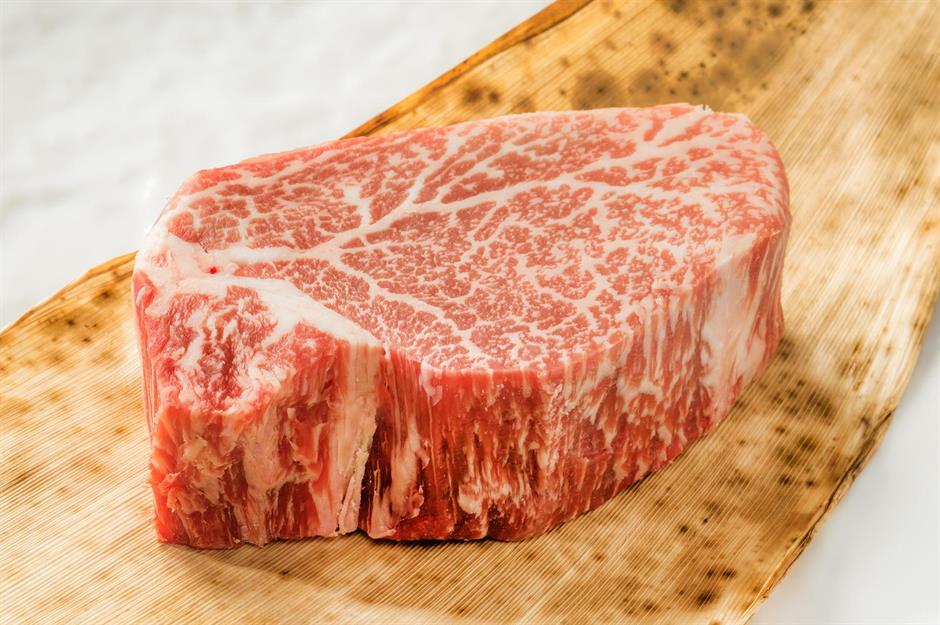
Beef from Wagyu cattle is prized for its rich flavour and tender texture, and it's one luxury that many people are willing to splash out on. You’ll find various varieties of Wagyu – like Kobe, raised in the Hyogo region of Japan – in steakhouses, sushi restaurants and at specialist butchers around the world. High-grade Wagyu can cost up to £380 ($473) for 2.2lb (1kg) or £10.80 ($13.54) per ounce (28g). The rarest in the world, olive Wagyu, can be as much as £260 ($323) for just one steak.
25. Manuka honey
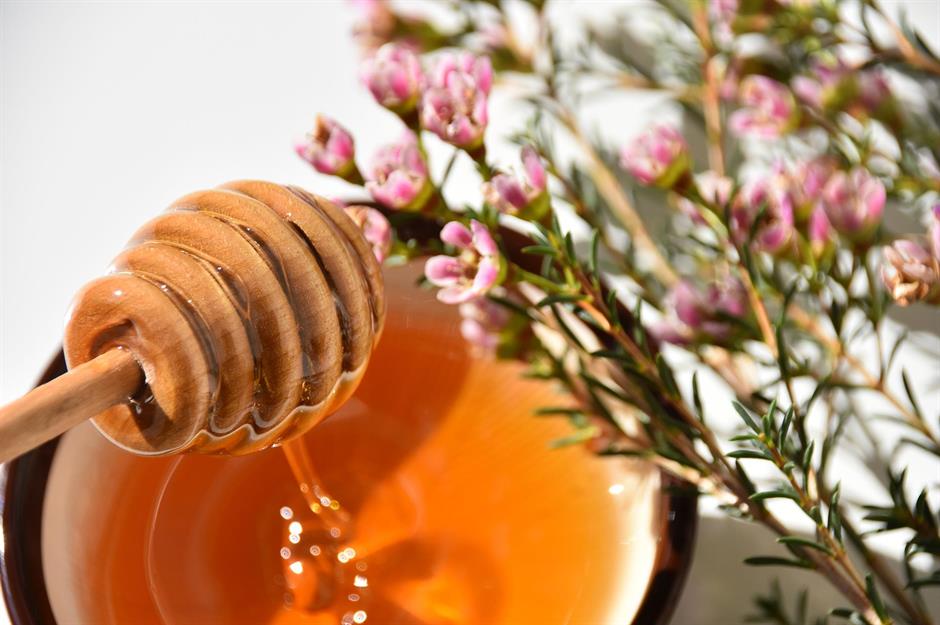
It may come at a price, but honey from bees that pollinate manuka bushes is believed to cure everything from sore throats to superbugs. A word of caution: make sure you’re getting the real deal. Look for a UMF (Unique Manuka Factor) rating of 10+ or more on the label. Manuka honey of the highest grade can be sold for around £400 ($498) per 2.2lb (1kg), equating to £11.40 ($14.29) per ounce (28g).
24. La Bonnotte potatoes

You might not think of potatoes as a luxury food, but these posh spuds are usually sold for around £400 ($500) for 2.2lb (1kg), around £11.40 ($14.29) per ounce (28g). La Bonnotte potatoes grow only in the mineral-rich soil of the small French island of Noirmoutier and are in season for around a week in early May. They're harvested by hand three months after planting, and they have a distinctive salty, lemony flavour that's said to pair well with another pricey product: caviar.
23. Abalones
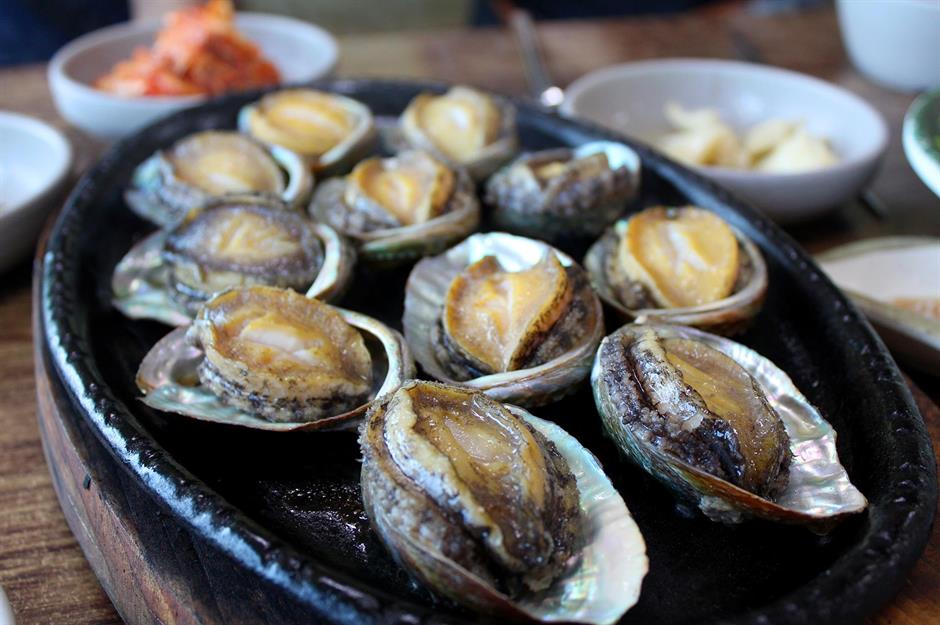
Even though abalones can be caught in many places around the world, it's a very complicated process. These molluscs are also extremely endangered, so some countries impose a strict limit on how many fishing crews can catch per day. Renowned for their delicious meat, these sea snails are some of the most expensive shellfish you can eat, costing as much as £435 ($540) per 2.2lb (1kg). Due to the heavy shell protecting the edible part, that translates to just under 9oz (250g) of the actual meat – equating to about £12.40 ($15.54) per ounce (28g).
22. Elly Amai strawberries
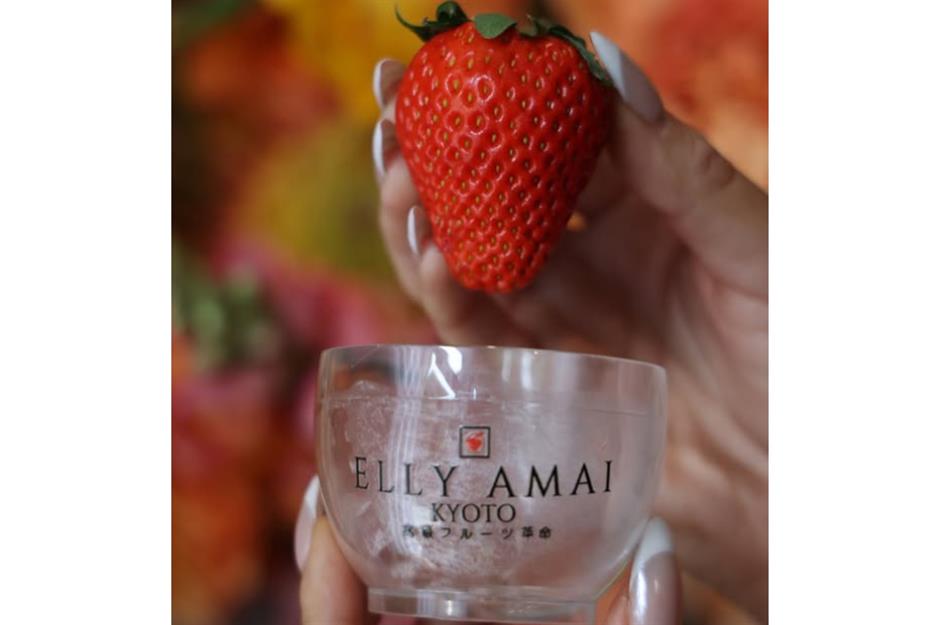
Elly Amai strawberries, particularly the Tochiaika variety from Japan's Tochigi Prefecture, are celebrated for their exceptional sweetness, low acidity and rich aroma. They shot to viral fame in February 2025 after appearing at trendy Los Angeles health food store Erewhon. The shop priced the strawberries at $19 (£15) each, sparking a flurry of TikTok videos and Instagram posts. Shoppers were both awestruck and amused by the idea of paying nearly £15 for a single piece of fruit weighing around an ounce (28g), with many sharing unboxings and taste tests online.
21. Jamón Ibérico de bellota
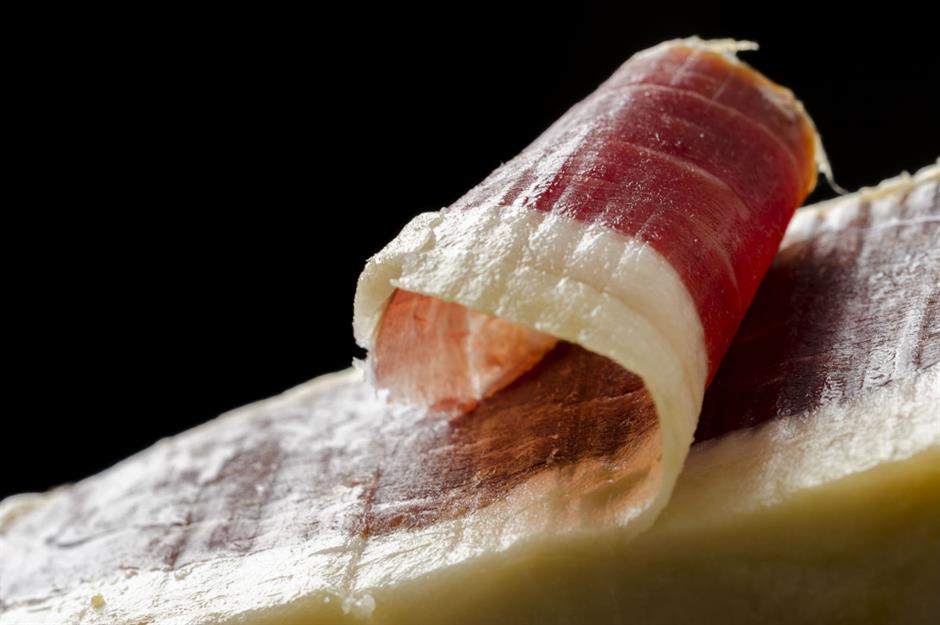
The most expensive ham in the world comes from Iberian hogs, which devour around 15lb (7kg) of acorns every day. Once butchered, jamón Ibérico is hung for at least two years, resulting in a dark red meat that’s sweet, nutty and melt-in-your-mouth tender. You can expect to pay anything from around £450 ($560) to as much as £3,900 ($4,829) for approximately 18lb (8kg) of bone-in jamón Ibérico de bellota. At the top end, this equates to £13.50 ($16.92) per ounce (28g).
20. Densuke watermelon
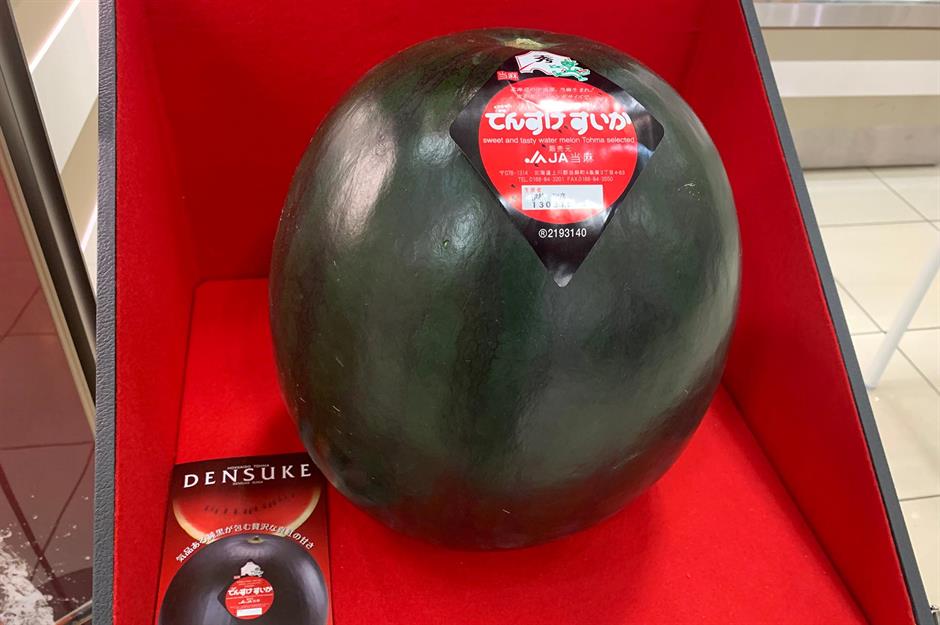
The world's most prized watermelon, the Densuke is a black-skinned variety that's grown in Japan. Densuke plants are rare, and each one produces a relatively small number of fruits. Grown in Toma on the island of Hokkaido, the intensely sweet and crunchy watermelons weigh around 8lb (3.6kg) per fruit. Their price fluctuates from year to year, but the most expensive Densuke watermelon ever sold went under the hammer in 2008 for a staggering JP¥650,000 (around £3,100/$6,100 at the time) – that's £24.20 ($30.34) per ounce (28g).
19. Hop shoots
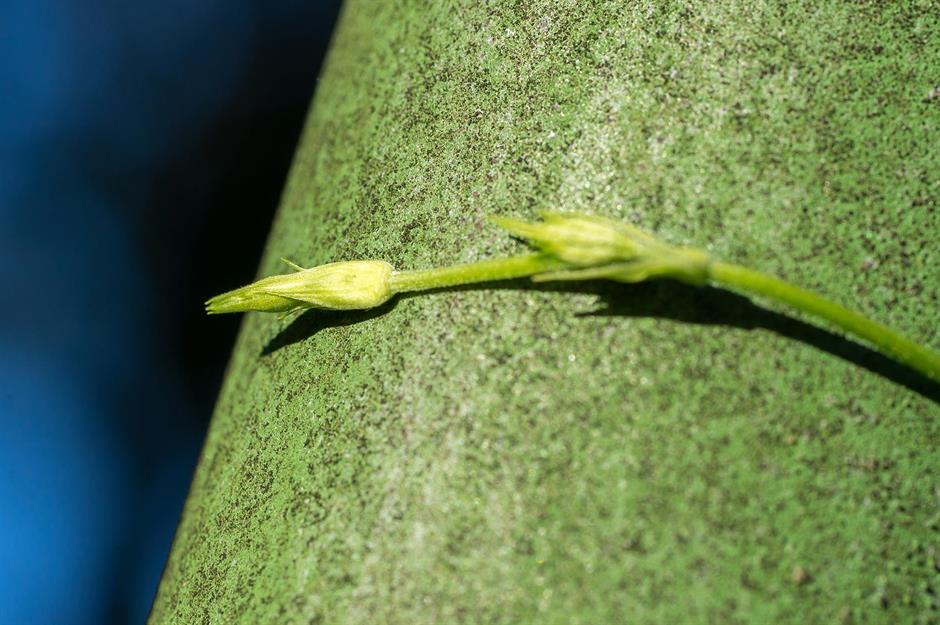
Brewers don't use these green tips of the hop plant, but a growing status as a cult ingredient has given them a serious price tag. Just 2.2lb (1kg) of these shoots have been known to go for around £870 ($1,000), making them the most expensive of all vegetables at approximately £24.70 ($30.96) per ounce (28g). It's the way they're harvested that makes them so pricey. Hop plants don't grow in uniform rows, making for lengthy and labour-intensive picking. While the raw product tastes a bit like nettles and is very astringent, the shoots become slightly nutty and have a similar texture to samphire when cooked.
18. Kopi luwak
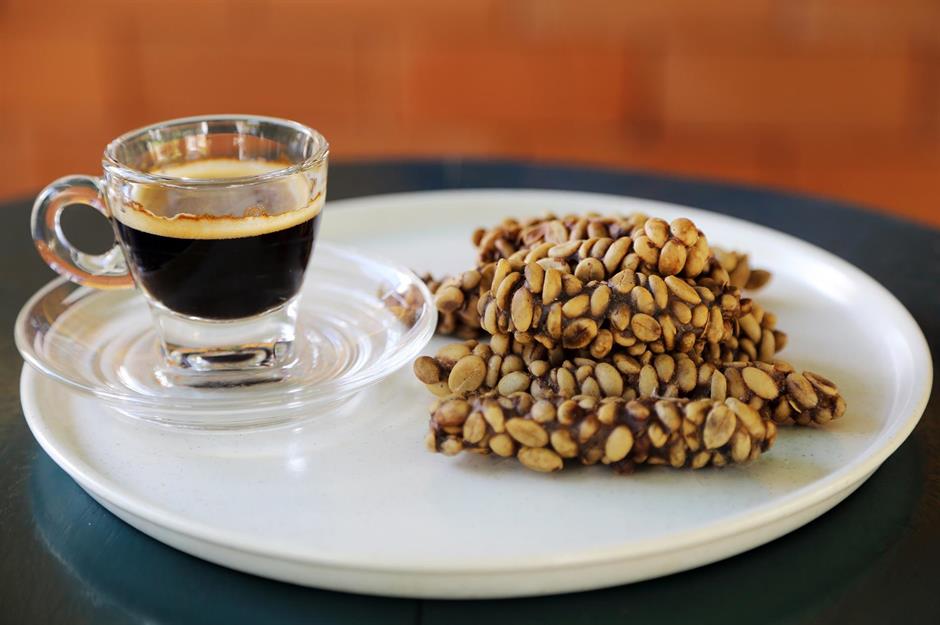
Kopi luwak is collected from the droppings of wild civet cats that prowl Indonesian coffee plantations at night, feasting on ripe coffee cherries. The cats can’t digest the beans, so workers collect their precious droppings, which are then washed, pounded, dried and roasted. Often touted as the rarest and most expensive coffee in the world, kopi luwak is not without controversy; some farmers keep the civets in appalling conditions in a bid to attract tourists, who shell out as much as £1,044 ($1,300) for 2.2lb (1kg) of the coffee.
17. Pule cheese
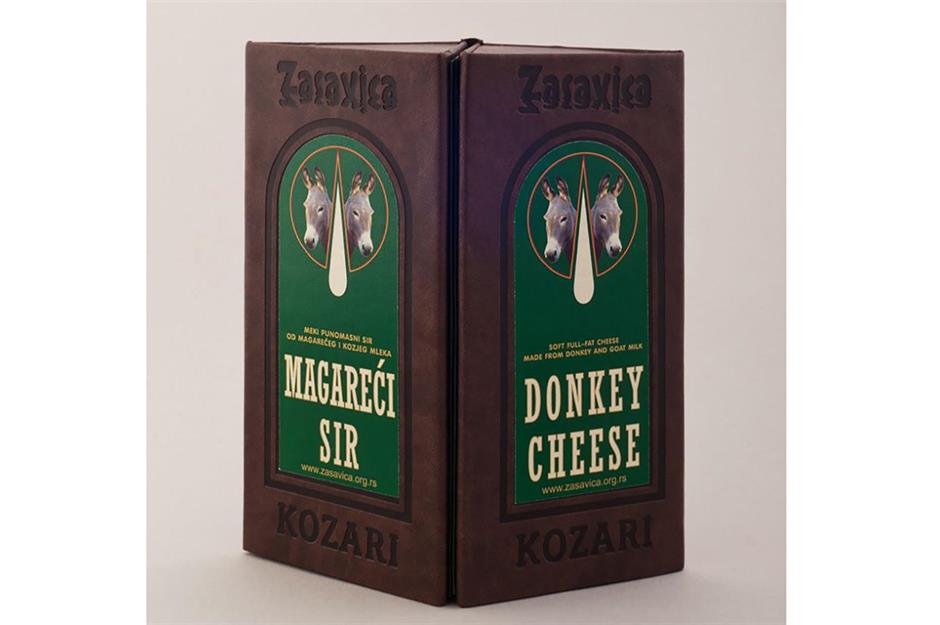
A creamy smoked white cheese from Serbia, this delicacy can be sold for around £1,044 ($1,300) per 2.2lb (1kg), equating to £29.70 ($37.23) per ounce (28g). It's made from the milk of endangered Balkan donkeys in a sanctuary in Zasavica, with the profits going back into the reserve. It takes 845fl oz (25l) of donkey milk to make 2.2lb (1kg) of the sought-after cheese.
16. Ayam Cemani chicken
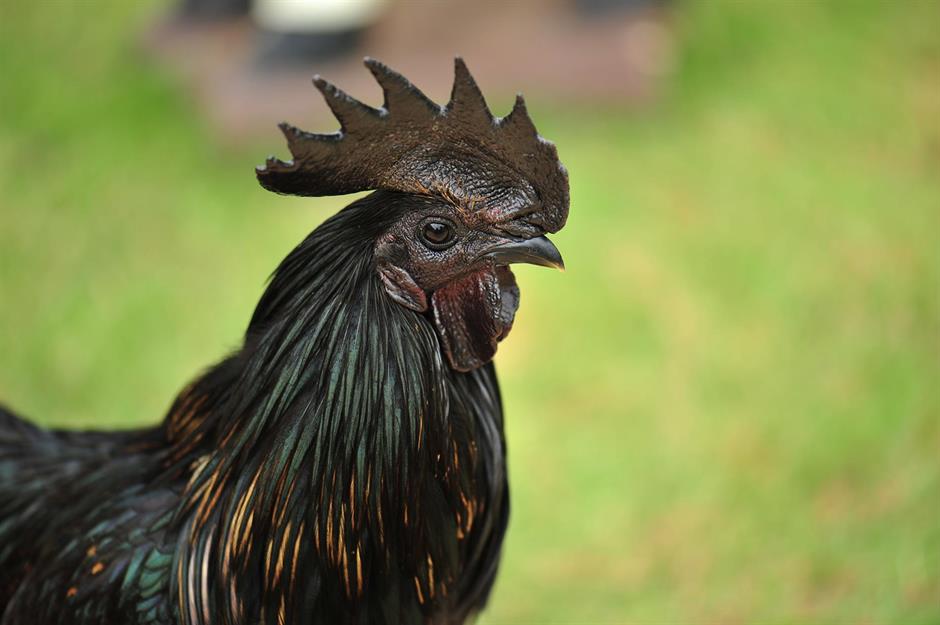
Ayam Cemani chickens (an unusual Indonesian breed) are completely black, from their feathers to their muscles, organs and even blood. Believed to have magical powers, their meat is said to bring good fortune and cure various illnesses. The chickens are highly sought after in Indonesia and elsewhere, with unsexed chicks typically selling for around £175 ($217). Weighing around 10lb (4.5kg) combined, breeding pairs are known to go for as much as £4,015 ($5,000) or a staggering £31.25 ($39.17) per ounce (28g).
15. Matsutake mushrooms
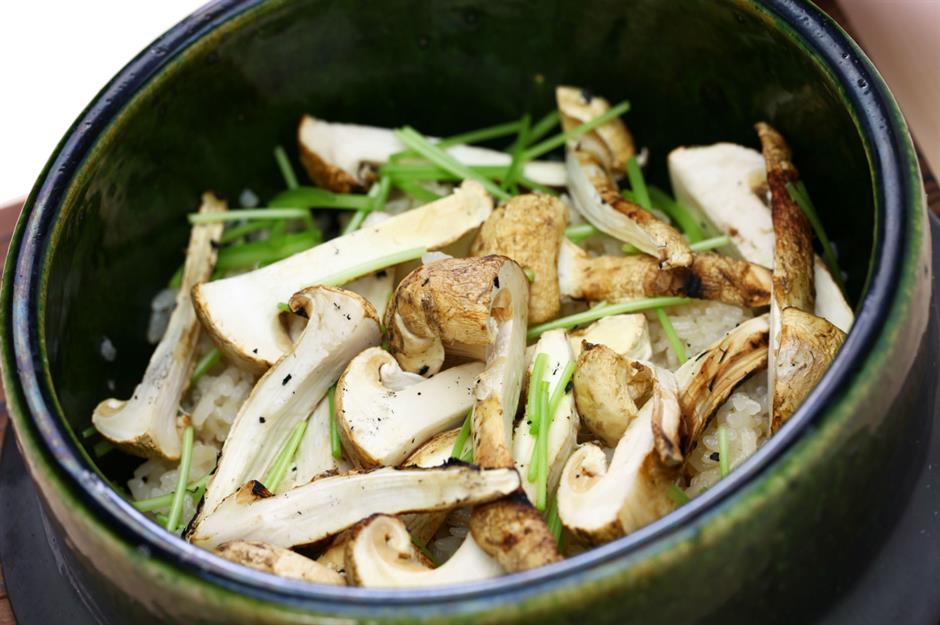
Matsutake mushrooms (or mattake for short) are facing extinction in Japan’s Okinawa region due to an increase in nematodes in the soil, which can kill the pine trees these mushrooms grow under. The amount harvested has fallen sharply in recent years, hiking up the price of the delicacy even more. Still, there are plenty of people willing to shell out around £50.30 ($63.05) per ounce (28g) for the highest-grade mushrooms, which are associated with longevity and considered to be an important symbol of Japan's changing seasons. In October 2023, it was reported that just three mushrooms sold at auction in Japan for an impressive JP¥930,000 (£4,780/$6,000).
14. Aceto balsamico di Modena

The Italian city of Modena is famous for many things, from sports cars to medieval history, but its most prized export is aceto balsamico di Modena – balsamic vinegar. Various Modena balsamic vinegars are available at most supermarkets, though the priciest is Giuseppe Giusti’s 100-year-old balsamic vinegar. It's aged in cherry wood barrels and distilled to perfection according to traditions passed down through generations of vinegar specialists. A 3.5fl oz (100ml) bottle of this vinegar sells for around £640 ($796).
13. Beluga caviar
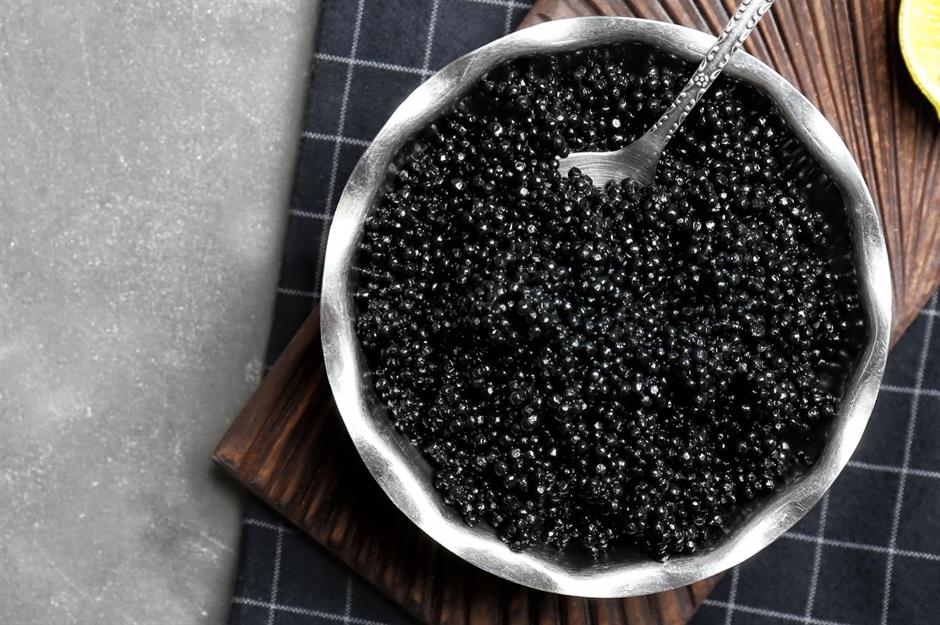
Pure beluga caviar is extremely rare, commanding huge prices whenever it’s available. It’s a delicacy of salt-cured fish eggs, harvested from sturgeon living in the Caspian, Adriatic and Black Seas. Wild fishing of sturgeon is now banned due to over-fishing and unsustainable harvests, so most beluga caviar available now is sourced from caviar farms. Small 3.5oz (100g) pots of 000 grade royal beluga caviar can go for as high as £470 ($584).
12. Atlantic bluefin tuna
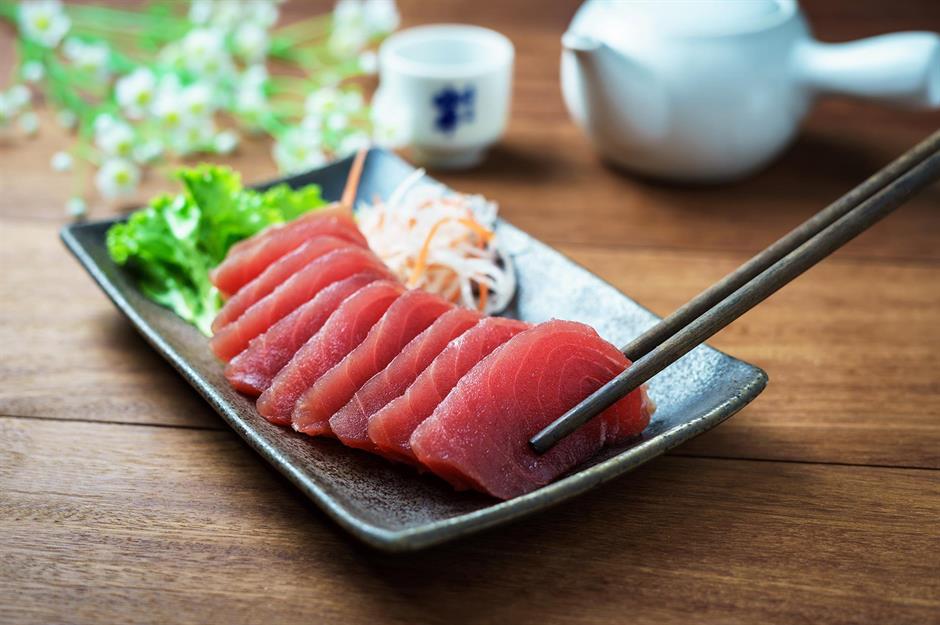
Atlantic bluefin tuna, known for its tender pinkish-red meat, is often used in sushi and sashimi. Although the fish is now listed as an endangered species, it's still extremely sought after. In 2020, a 608lb (276kg) tuna was sold for JP¥193m (around £1.45m/$1.8m) to sushi tycoon Kiyoshi Kimura at an auction in Tokyo's Toyosu fish market. It was the second highest price paid for a bluefin tuna, after Kimura's JP¥333.6m (£2.5m/$3.1m) purchase the previous year.
11. Alba white truffles
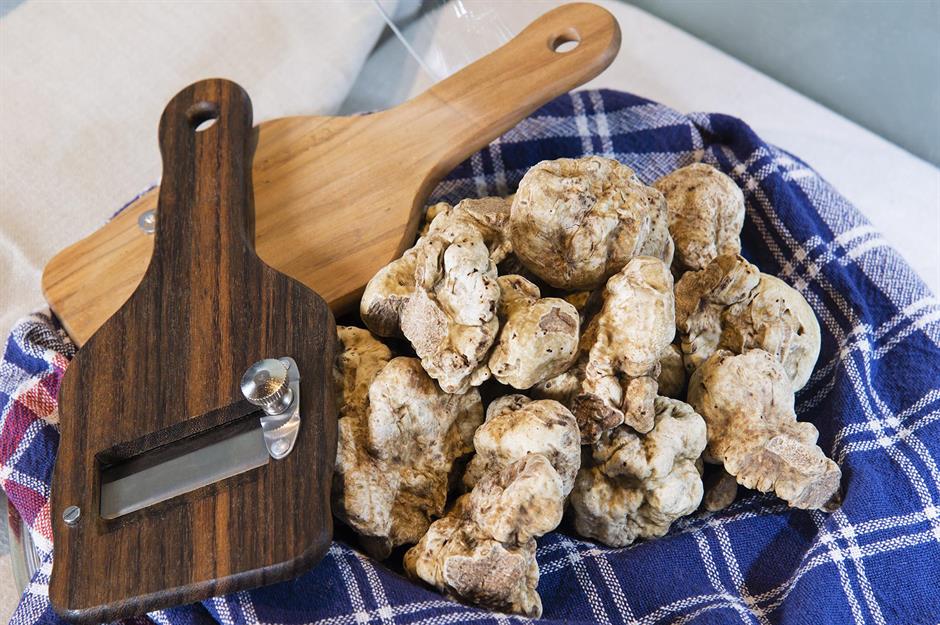
Alba white truffles are found in the Piedmont region of northern Italy, and their high price – currently around £550 ($684) per 3.5oz (100g) – is due to their unpredictable growth habits. They're usually in season between October and January, but no one has been able to domesticate them, so highly trained dogs and pigs are required to sniff them out.
10. Swiftlet nest
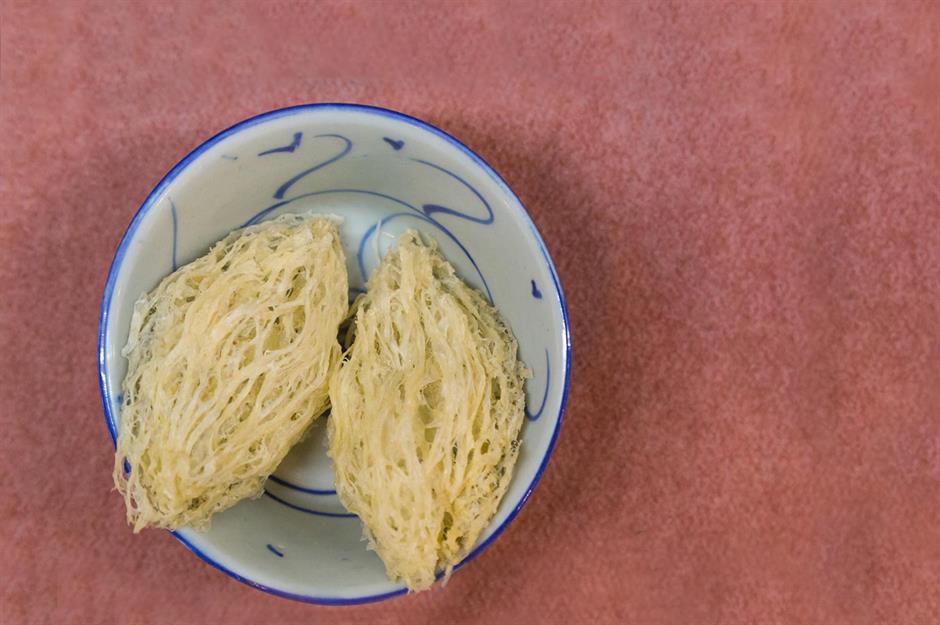
Used in bird's nest soup, swiftlet nests are notoriously expensive – and controversial. Made by cave swiftlets, which bind moss, seaweed and feathers with their saliva, the nests can sell from anywhere between SGD $2,000 (£1,181/$1,469) to SGD $10,000 (£6,031/$7,343) per 2.2lb (1kg) – the equivalent of around 120 nests. Unethical practices carried out by irresponsible farmers have prompted import restrictions and regulations from governing bodies in countries such as China, where strict rules have been introduced to improve the safety and traceability of the goods.
9. Elvish honey
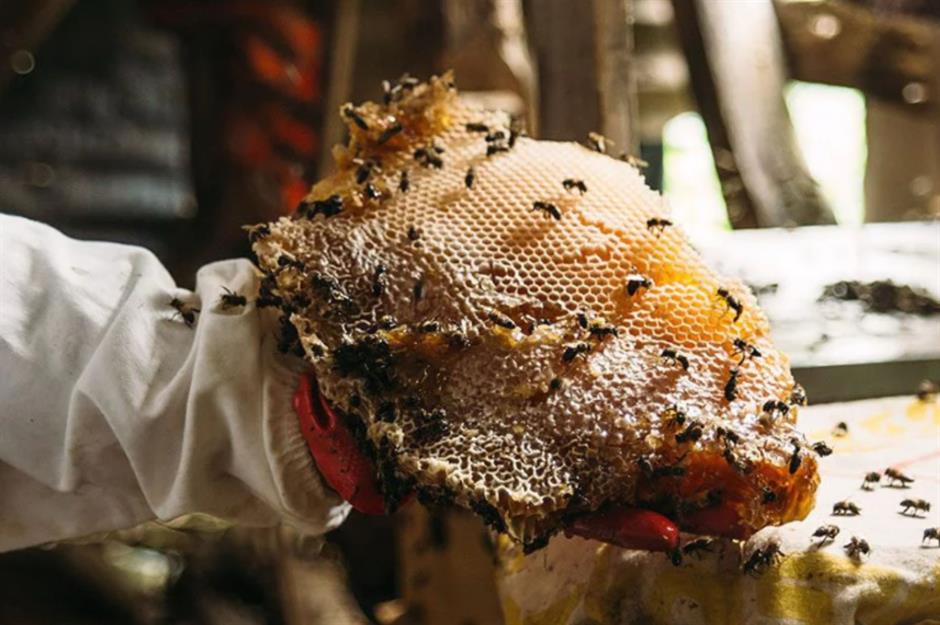
Fancy sampling the rarest honey in the world? A 5fl oz (150ml) bottle of Elvish honey from 2024’s petite harvest goes for a hefty price tag of $1,500 (£1,197). It’s made by the Caucasian honey bee, an endangered ancient species native to Turkey. The team harvests just once a year, with the quantity of each crop varying annually. In 2024, the harvest was just 11lb (5kg), divided into 30 bottles available to purchase.
8. Saffron
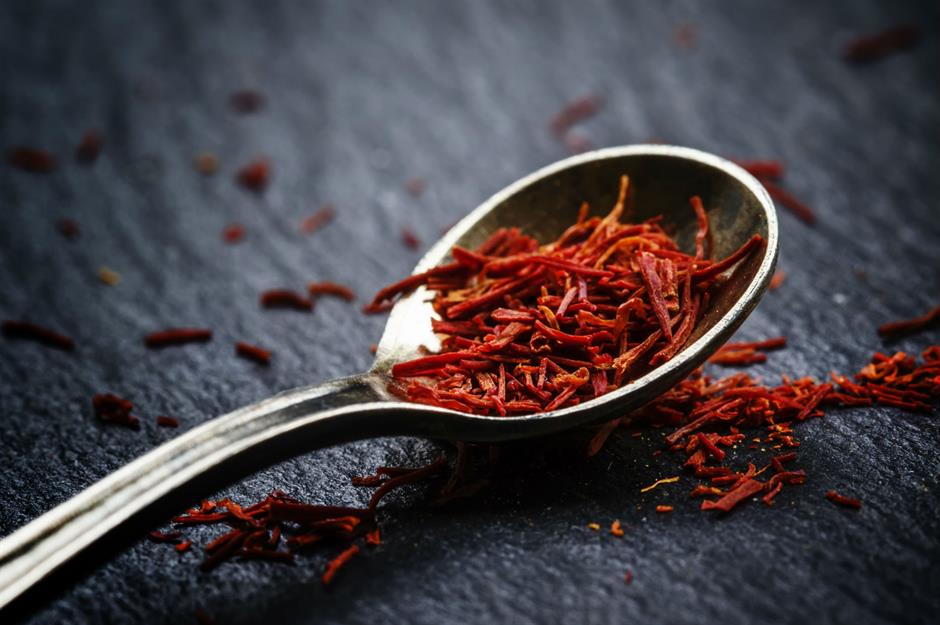
The world's most expensive spice, saffron is mainly grown in Iran, which produces more than 90% of the global demand. Each crocus sativus flower produces about three red stigmas. It takes 50,000-75,000 flowers, and 40 hours of hand-picking to produce just 1lb (450g) of saffron. It's not surprising, then, to find out that the spice can be sold for as much as £7,995 ($10,000) per 2.2lb (1kg).
7. Geisha coffee
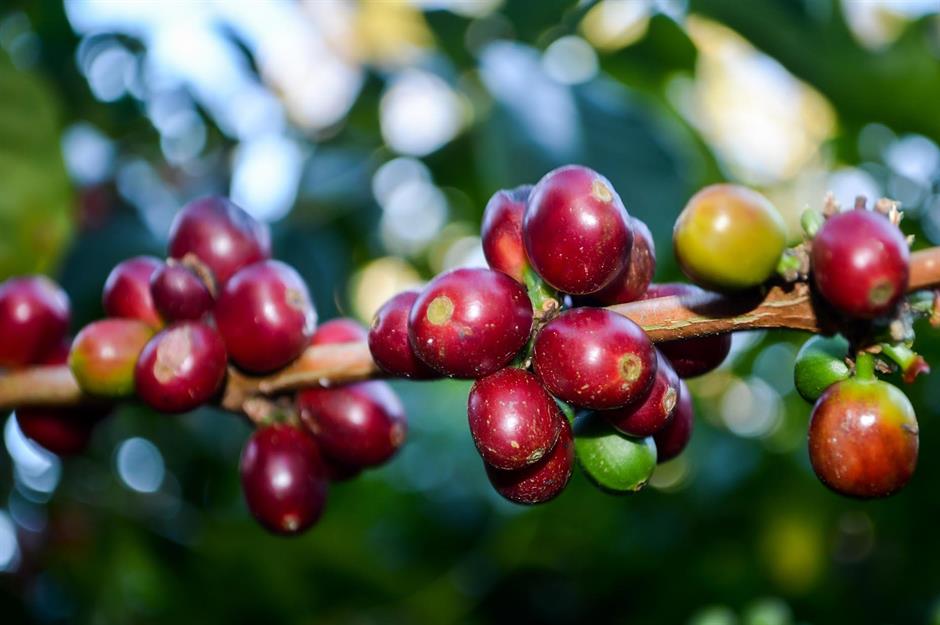
Thought to have originated in Ethiopia, Geisha coffee was discovered in the 1930s and later grown in Panama. The coffee gained global attention in 2004, when its aromatic and floral flavour achieved the highest score in the Best of Panama coffee contest. It's been breaking its own records ever since, fetching its highest price to date in August 2023, when a washed Geisha sold for $10,005 (£8,046) per 2.2g (1kg) at auction.
6. To’ak chocolate
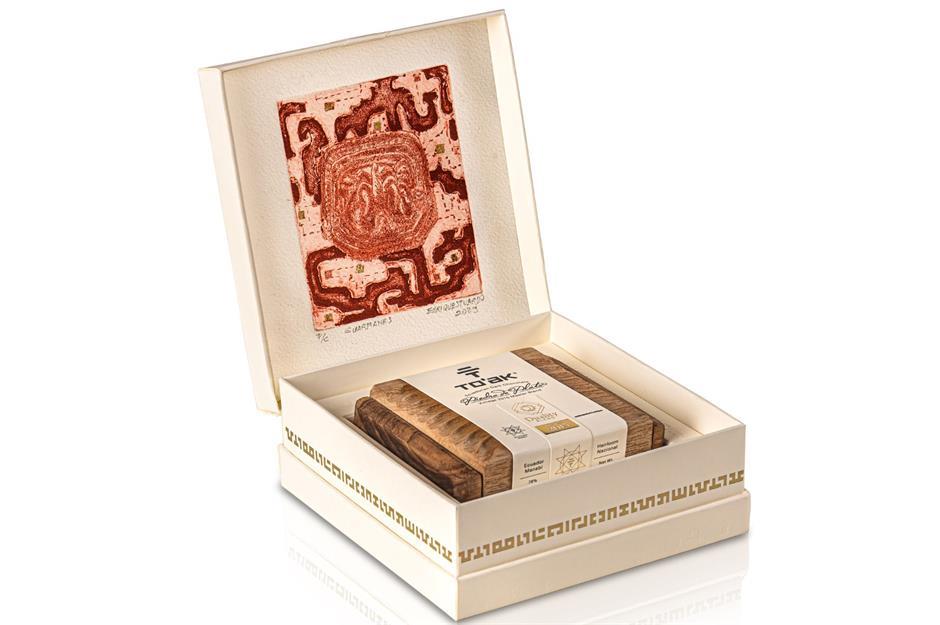
How much is too much for a bar of chocolate? Prestigious bean-to-bar chocolate maker To’ak released the most expensive bar ever in 2023 – costing a staggering $490 (£398) for just 1.7oz (50g). To’ak specialises in producing limited-edition bars of single-origin dark chocolate made from the world’s rarest and most prized cacao variety, the Ecuadorian Nacional. This record-breaking release – part of its Masters Series – features a bar made from a rare blend of two vintage editions of To’ak chocolate, matured for eight years.
5. Ruby Roman grapes
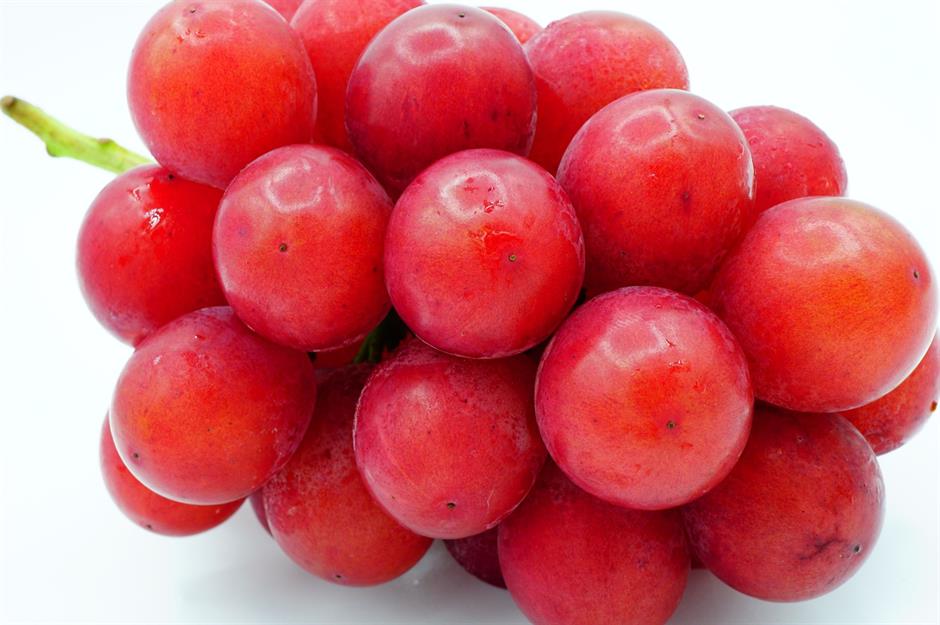
Produced in Japan’s Ishikawa prefecture, top-quality Ruby Roman grapes grow to the size of ping-pong balls and are extremely rare. Some years, only one bunch meets the premium standard. In 2018, the record for the most expensive bunch of grapes was broken as 24 Ruby Roman grapes sold for JP¥1.2m (£8,800/$10,908). Per ounce (28g), this works out to a huge £356 ($447).
4. Almas caviar
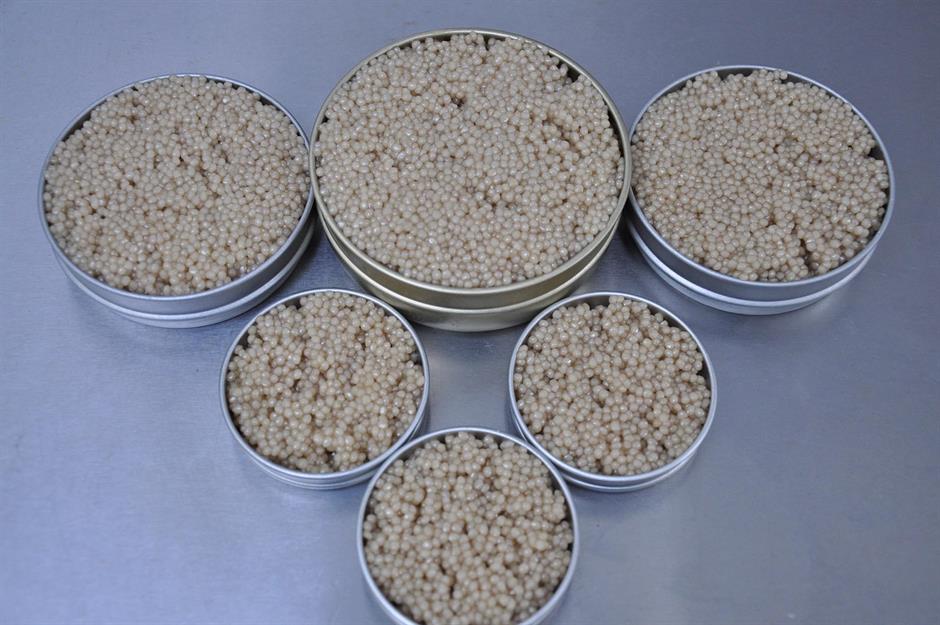
Officially recognised by Guinness World Records as the most expensive caviar in the world, 2.2lb (1kg) of Almas caviar can cost upwards of £20,000 ($25,012). It comes from rare albino sturgeons. These fish, which live in the clear waters of the southern Caspian Sea, are around 60 years old when they produce golden yellow eggs that are prized for their exquisite flavour.
3. Yubari King melon
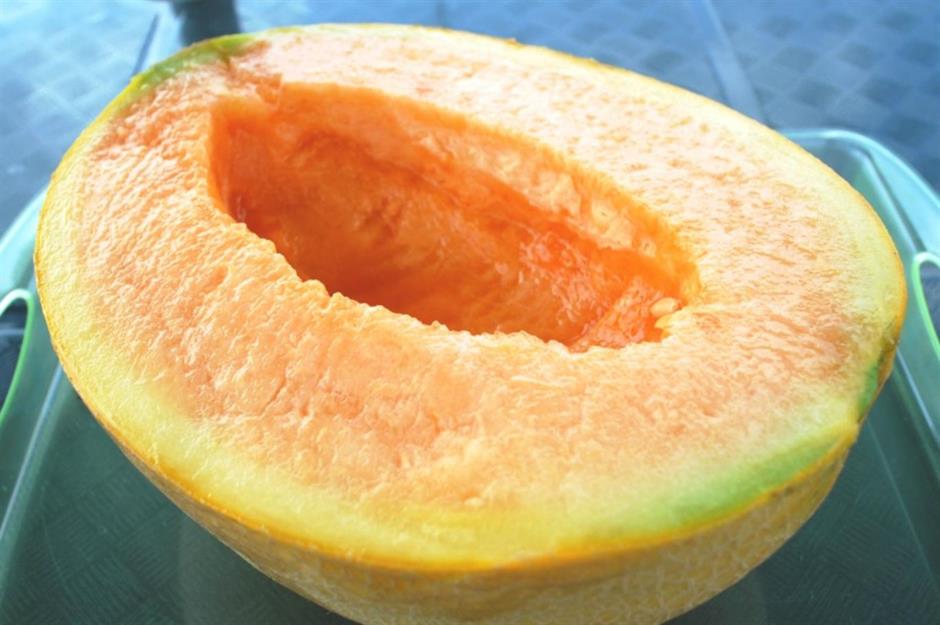
Juicy and sweet, the Japanese Yubari King melon is a hybrid of two varieties of more reasonably priced cantaloupes. Sold in pairs and weighing around 2.9lb (1.3kg) each, the melons are considered a lavish gift in Japan. In 2023, a pair reportedly sold for JP¥3.5m (£17,990/$22,500). It was the second-highest price the melons have ever sold for (another pair sold for JP¥5m in 2019). Adjusted for inflation, it works out at around JP¥5.4m (£27,745/$34,713) in today's money.
2. Edible gold
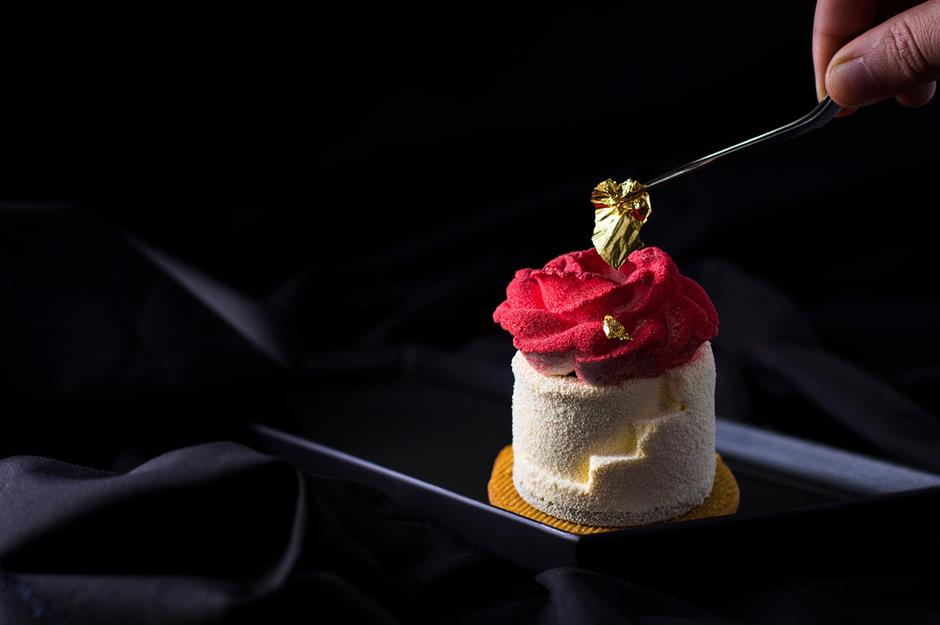
Edible gold is one of the most expensive culinary indulgences around. Like calcium and iron, gold is a mineral that’s safe to eat, and it's often sprinkled into glasses of Champagne or layered onto cakes for elaborate decoration. Made from 23- or 24-carat gold, it’s available in the form of dust, flakes and leaves. It costs around £29 ($36) per 100mg, which equates to around £8,239 ($10,328) per ounce (28g).
1. Da Hong Pao tea
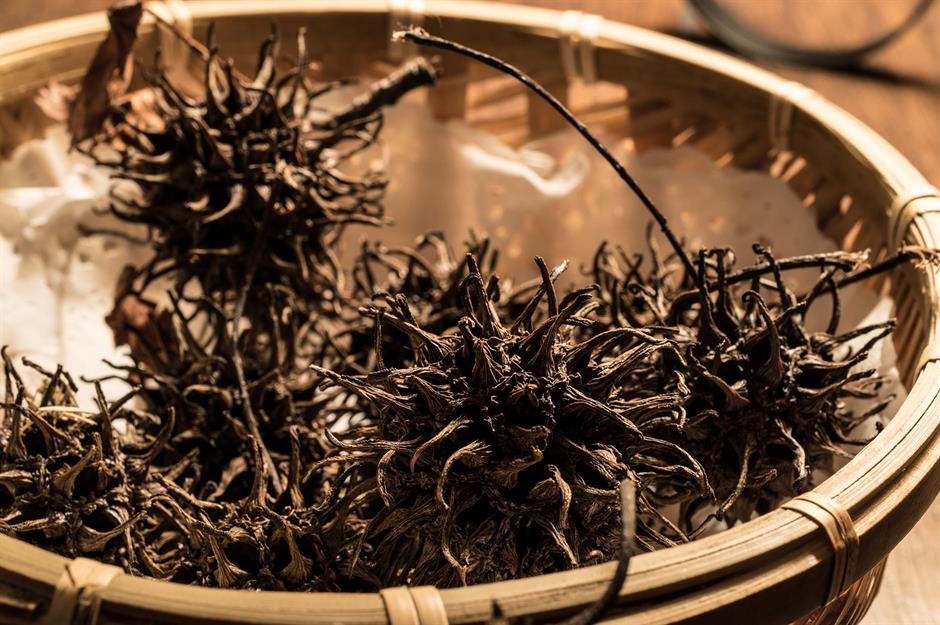
A dark oolong tea that grows only in the rocky soil of China's Wuyi Mountains, Da Hong Pao has a robust sweetness, with lingering woody notes that make it particularly sought after. While reasonably good-quality tea that's not from original trees can be bought for around £86 ($107) for 2.2lb (1kg), aged and antique versions can reach eye-watering prices. Back in 2002, a collector was willing to spend CN¥180,000 (around £22,500/$28,000) for just 0.7oz (20g) of tea from one of the original Da Hong Pao mother trees. If sold at the same price today, it would work out to around CN¥291,587 (£32,160/$40,241).
Now discover the most expensive fast food ever sold
Last updated by Natasha Lovell-Smith.
Comments
Be the first to comment
Do you want to comment on this article? You need to be signed in for this feature